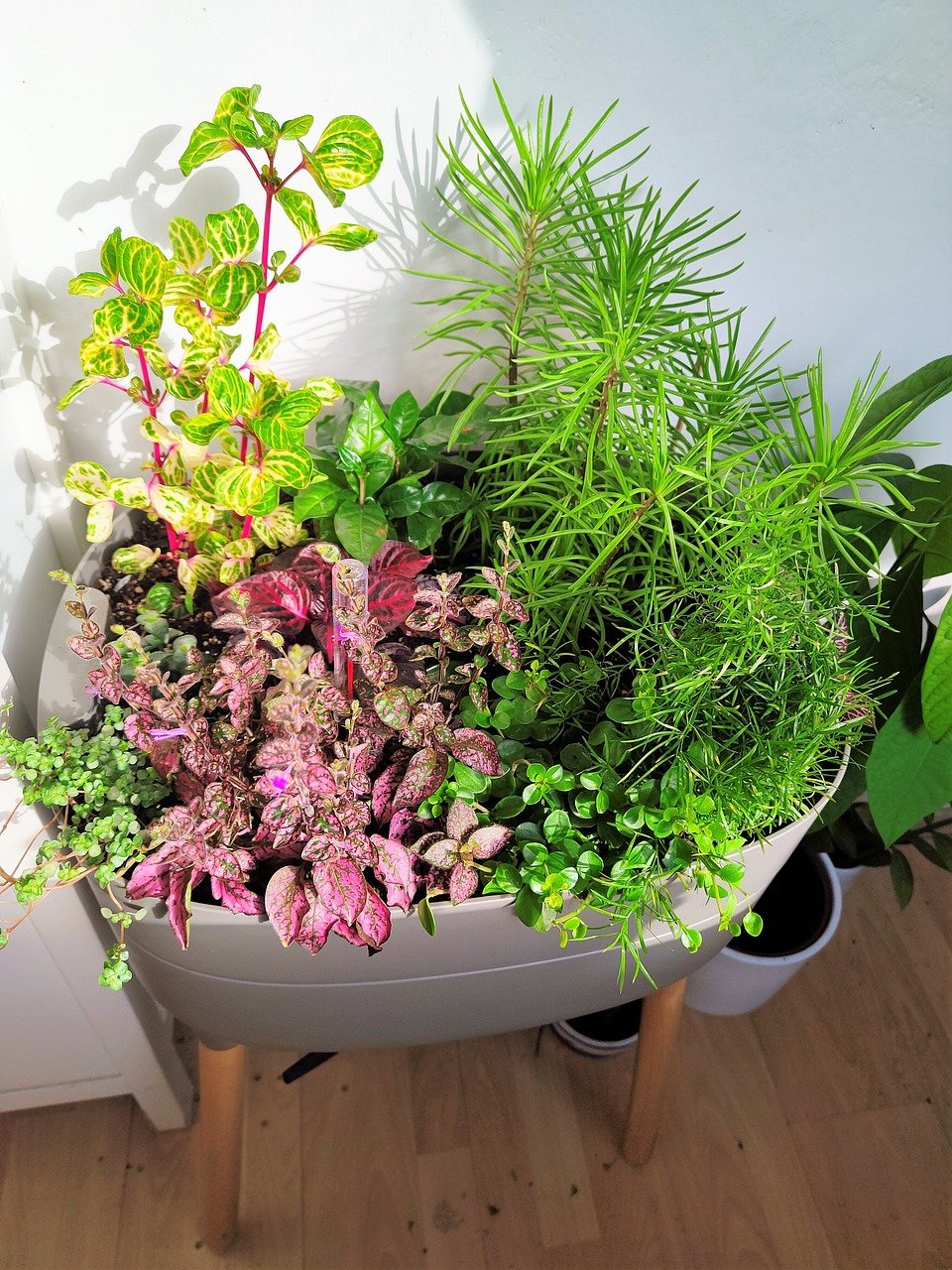Brown leaf tips are a common issue faced by many indoor plant enthusiasts. While the sight of brown, crispy edges can be disheartening, the problem is usually easy to fix with a few simple adjustments.
1. Check Your Watering Habits
One of the primary causes of brown leaf tips is improper watering. Both overwatering and underwatering can stress your plant, leading to browning tips. Ensure that your plant is watered consistently but not excessively. The soil should be moist but not soggy. Allow the top inch of the soil to dry out before watering again. Additionally, consider using distilled or filtered water if your tap water is high in salts or chlorine, which can also contribute to browning.
2. Increase Humidity
Many indoor plants, especially tropical varieties, thrive in high humidity. Dry indoor air, particularly during winter, can cause the leaf tips to turn brown. To increase humidity, you can mist your plants regularly, use a humidifier, or place a tray of water near your plants. Grouping plants together can also create a microenvironment with higher humidity.
3. Fertilize Wisely
Over-fertilizing your plants can lead to a build-up of salts in the soil, which may burn the roots and cause brown tips. Use a balanced, water-soluble fertilizer, and follow the recommended dosage. During the growing season, feed your plants every few weeks, but reduce or eliminate feeding during the dormant winter months.
4. Monitor Light Levels
Ensure your plant is receiving the appropriate amount of light. Too much direct sunlight can scorch the leaves, while too little light can weaken the plant and cause stress. Adjust the placement of your plants based on their specific light needs.
By paying attention to these factors, you can prevent and remedy brown leaf tips, keeping your indoor plants healthy and vibrant. Remember, each plant has its unique needs, so observe and adjust your care routine as necessary.

